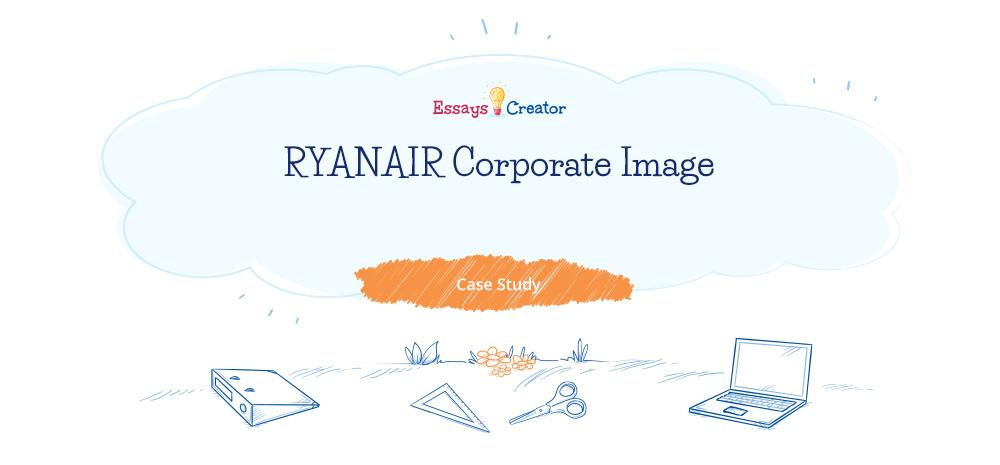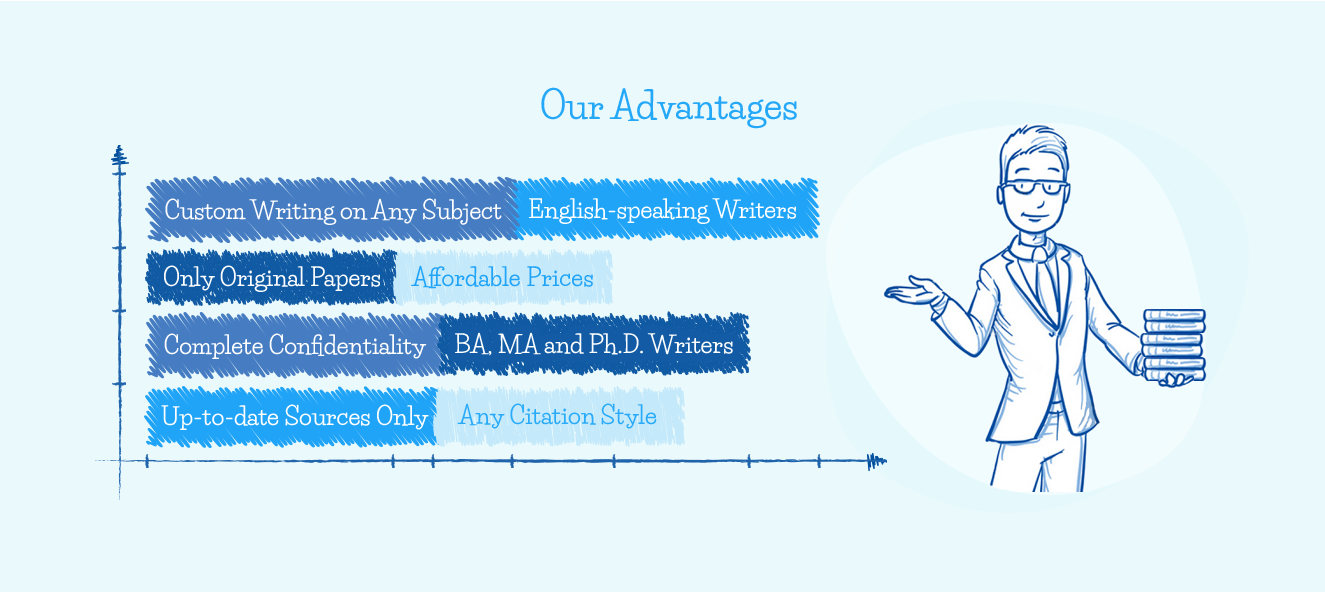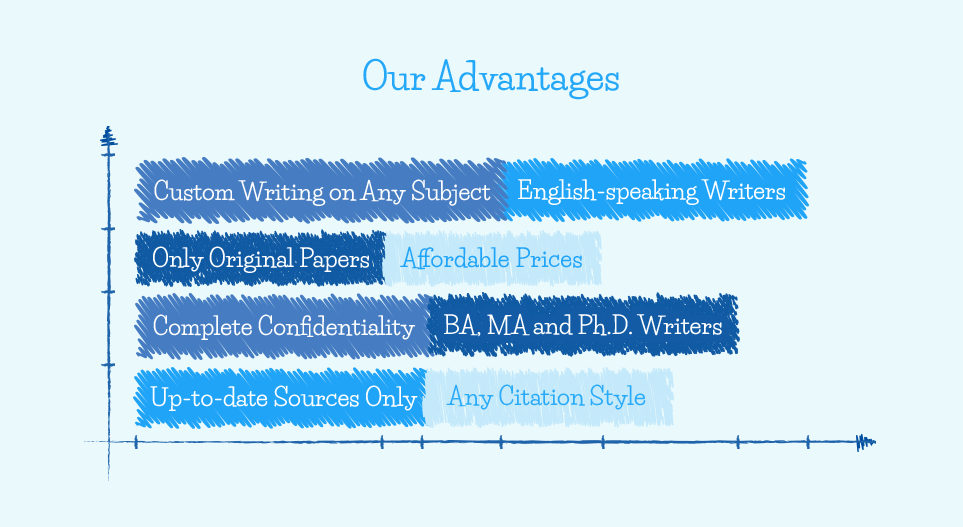
This comprehensive communications report is going to discuss the theory of managing corporate reputation and improving communication among stakeholders while using Ryanair as a case study reference. Managing corporate reputation is an essential element of the company’s overall performance since it heavily relies upon each activity the firm engages in. The primary constituents of reputation depend on the communication skills of service providers ranging from the head of the firm to the front line worker in the given organization. Efficient communication provides the firm with the required marketplace along with the competition. Ryanair is about to unveil new communication plans that aim to improve the public image of the entire company. These plans include improvement of the long-term service provision for the customers, image, and brand of the airline. It is necessary to ensure that the company can gain the required positive publicity through various strategies and come up with a strong corporate reputation that would change the company’s image in the public domain. Reputation is, therefore, among the most critical factors in any organization, and it requires urgent attention to foresee the success of the firm (Paul 2011).
Challenges
To begin with, there exist various reputational challenges that the airline faces, which range from the quality of service delivery to the general image portrayed of the employees in the public spectrum. The Airline faces the major problem of customer service delivery. According to the customer satisfaction survey conducted on Ryanair’s web pages, most customers complained that some of the airline’s web platforms were not customer-friendly. This is a result of the language diversity and too many advertisements that are of small significance to the airline. The web pages related to the airline are not easy to use in terms of online reservations and customer navigation when it comes to the wide range of services offered by the company. Given that the airline is a low-cost carrier, the on-time factor has been heavily criticized by the customers. The inability of the airline to provide punctuality of its flights has led to increased delays, as airline’s statistics indicate an exaggeration in the tie recorded for the various flights (Paul 2011).
Order your Case Study help today!
Ryanair has been unable to guarantee its customer’s connected flights, as the airline runs on a point-to-point system. This causes a majority of potential customers to turn away resulting in the loss of marketplace opportunities. The airline, therefore, does not enable customers to save money through the integration of the no-frills concept. Instead, the airline does not take responsibility for the customer losses cured as a result of passenger luggage connection to specific flights. The ability of the airline to use third-party contracting in the customer services handling is a dissatisfying factor, as the aircraft handling, ticketing, and other services are run by a third-party entity, and not the airline itself. This causes a huge problem of customer dissatisfaction as the airline lacks a first-hand account of the customer handling and experience, according to the survey. Although the venture proves to be cost-effective for the airline, it is a disadvantage that does not allow to address the customers’ needs right away (Paul 2011).
The airline is not all-around accessible, as passengers who are physically challenged are forced to pay extra for the transportation costs. This factor discourages a large number of disabled customers, as paying extra to reach a destination with a low-cost carrier is a burdening factor for its customers. The lack of a special assistance system that favors disabled customers reduces the entire customer group that intends to use the airline. Additionally, the airline’s forcing passengers to incur extra charges for printing their boarding passes even after completing their online check-ins has sparked anger among a wide range of customers. The airline was going against the set international protocols for passenger bookings in this respect. Moreover, poor exchange rates for customer bookings are a major problem for the airline, as these rates increase the transaction fees (Paul 2011).
Various customer complaints are in line with the complaints behavior models. Thus, using the customer behavior models, it is easy for the airline to be at par with different complaint behaviors and train its staff unit to deal with them expectedly. The model includes the creation of another organization that will help with giving customers a required service, taking overt action, and dealing with the retailers. With the integration of this model, the airline can easily rebuild its image and its staff’s public image. Another applicable model is the quality dimension model where the organization focuses on the “what” and “how” aspects to comprehend how a given customer perceives the service (Hatch & Schultz, 2008).
“What” deals with what a given customer feels with regards to the services being provided and the interaction with the service providers. This is an important aspect, as a quality outcome is essential for how the organizational performance with regards to service production is rated. This technique gives carriers know-how of the problem and the ability to come up with a contingency plan. With the “what” dimension consumers can offer the best solution to a given problem (Paul 2011).
The “how” aspect is significant since it focuses on how the customer can assess the services of the airline from his environment. The “how” process can provide a distinctive outlook on the general functional quality of the entire operational process. Ryanair can utilize the “how” process to examine the online service dissatisfaction that in turn will help improve the quality service delivery of the airline. Given that customer value is formed with the various perspectives of satisfying the expectations, customers are always well-aware when using a specific service and their expectations should be met to ensure the relevance of the product (Paul 2011).
Stakeholder theory is essential as well since values cannot be overlooked in any business. The theory focuses on the operation of the manager as opposed to general economics. The significant aspect of the theory is that it questions the main purpose of the organization. For Ryanair, the main purpose is to provide low-cost carrier services to customers while at the same time increasing its profit margins. The theory propels the entire firm to come up with strategies that ensure outstanding performance in both service delivery and the general marketplace. The theory questions the accountability of the manager to the various stakeholders of the airline. The manager can state how the firm wants to carry out its business about stakeholder affairs. For Ryanair, the manager Michael O’Leary is charged with the responsibility of giving stakeholders the general oversight of various ventures undertaken by the airline. This objective is critical, as the organization relies on him to finance the projects through stakeholders (Boddy 2007).
Opportunities and Solutions
The major opportunities facing Ryanair include the ability to change its overall reputation in the public eye, the need for different ventures to satisfy the customer’s wants, and the increase in general earnings while still maintaining low flight costs. These opportunities can be assessed from various organizations and strategic perspectives that the airline has tried to undertake. To begin with, Ryanair has developed a unique marketing strategy whereby it markets its airline fares with various mass media and the Internet. Through the website, the firm has been able to counter the challenge of customer dissatisfaction by offering newsletters where customers can track various ventures, offers, and the airline’s profit margins (Boddy 2007).
Customers are freely allowed to express their opinions via the chat window of the organization’s website with regards to the changes being undertaken and the quality of service delivery. Ryanair has introduced its online check-in platform where passengers must check as part of the booking process. The aim is to speed up operations and ensure passenger safety standards before boarding. The system gives the airline the ability to generate revenue and increase profits, as Ryanair charges 40 euros for priority check-in. This platform is strategic as it gives passengers the ability to confirm details online and reduces the number of customer line-ups in the airport to save time (Morley 2009). In addition, Ryanair saves on customer service and airport access by partnering with various third-party contractors who provide the skilled labor required for the listed tasks at a lower operational cost. As a result, Ryanair saves by initiating less expensive gate locations and outdoor boarding stairs (Boddy 2007).
An essential strategy that Ryanair initialized was the usage of next-generation airplane models. These types of aircraft have a large carriage and work at minimal operational costs. The major model that the airline focused on is the Boeing 737-800. These planes were obtained from a single manufacturer to lower the cost of staff training, maintenance, and purchase of spare parts given that they all come as a package from the manufacturer. This strategy has enabled the airline to grow its overall customer capacity and change the customer experience to improve the overall experience of flying (Schultz, Yun & Csaba 2005).
How it works
Step 1
Visit our website and go to the order formStep 2
Fill in specific essay details in your order description sectionStep 3
Pay for your custom essay and get your order verifiedStep 4
Process of writing your academic assignmentStep 5
Editing and anti-plagiarism checkStep 6
On-time delivery of an already written essayThe reputational issues have caused the airline’s profit margins to shrink as customers turned away due to negative experiences, increased penalties, and poor quality of service delivery. The announcements on board made passengers uncomfortable, whereas the reduced baggage allowance caused discomfort due to the restriction to board with small shopping bags and handbags. This made a great dent in the airline’s profit margin, as their public image was greatly tarnished prompting the airline to undertake newer strategies.
Proposals
Major proposals include the ability to improve the airline’s online platforms, such as a newer website with reduced advertisements and faster bookings. Greater baggage allowance is another project for all passengers. Reduced advertisements onboard will provide passengers with quiet flights. This is important for peace of mind and relaxation coupled with increased leg space.
Conclusions and Recommendations
Given the airline’s low capacity, it is essential to try to integrate such above-stated resolutions as faster bookings to reduce time wastage. The airline should implement the one-time delivery to enhance its punctuality within its flying routes. The consideration of the 25-minute turnaround is essential for business, as this turnaround at various destinations will increase flight efficiency and maximize the utilization of secondary airports.

















